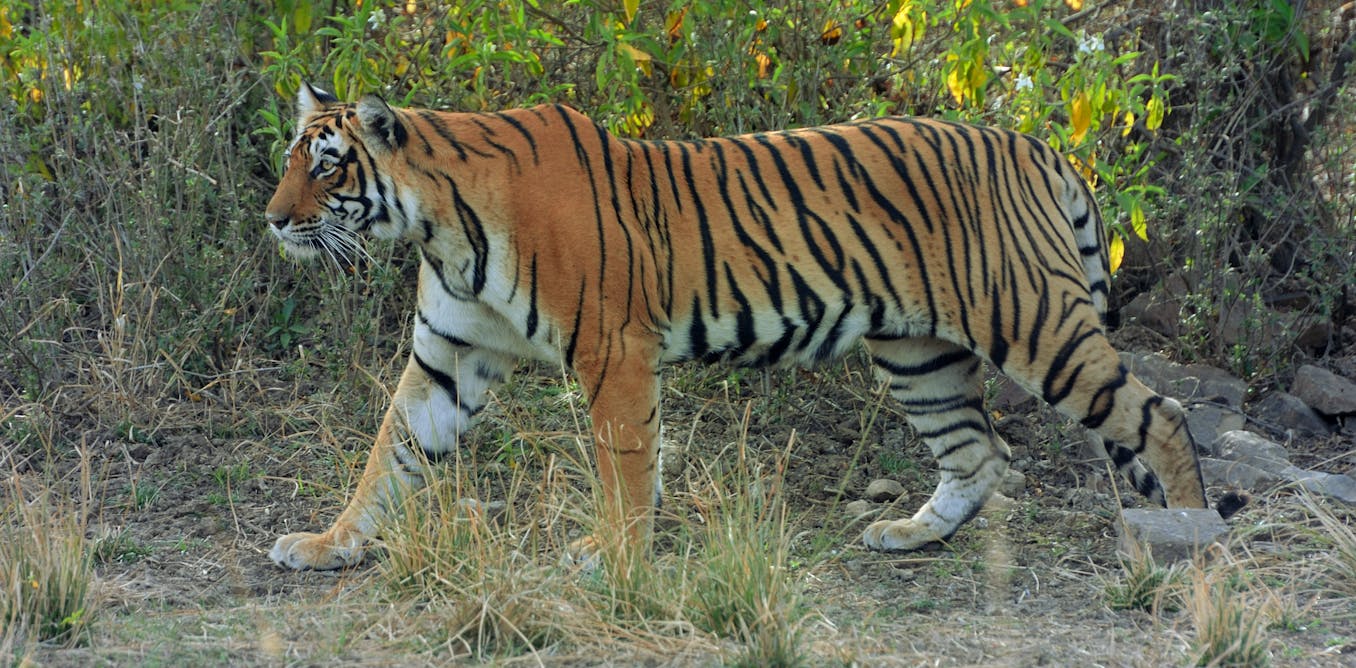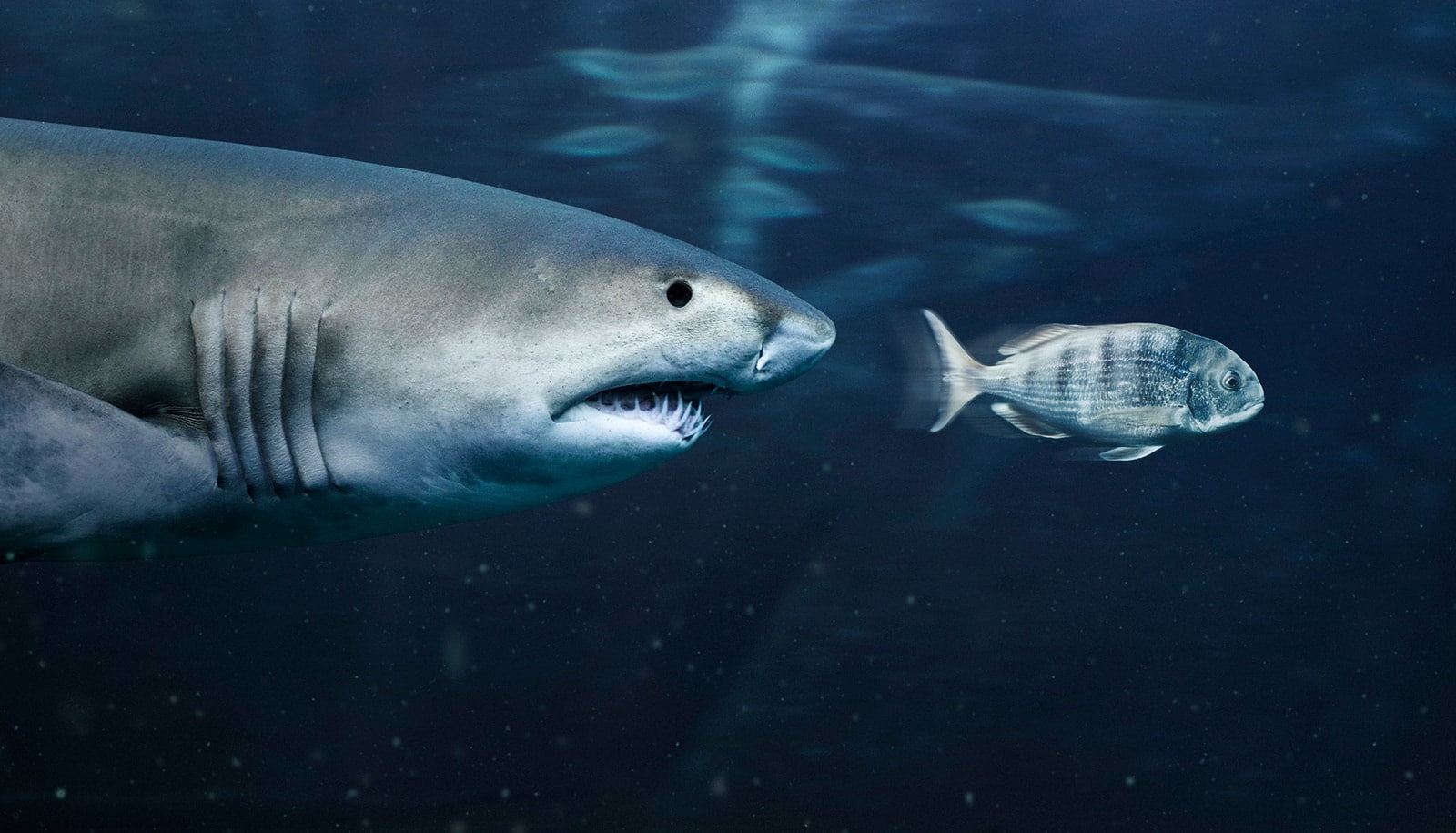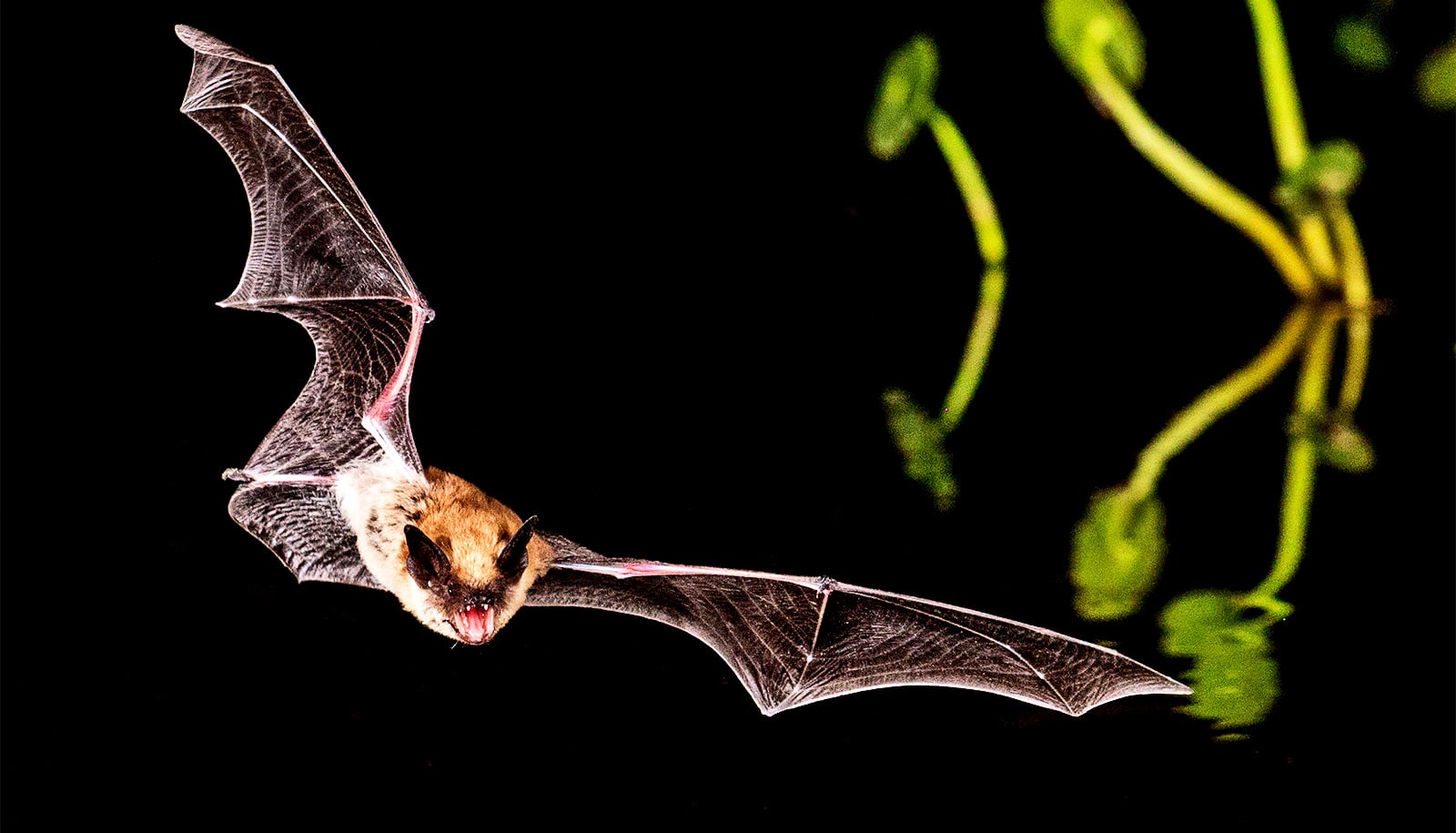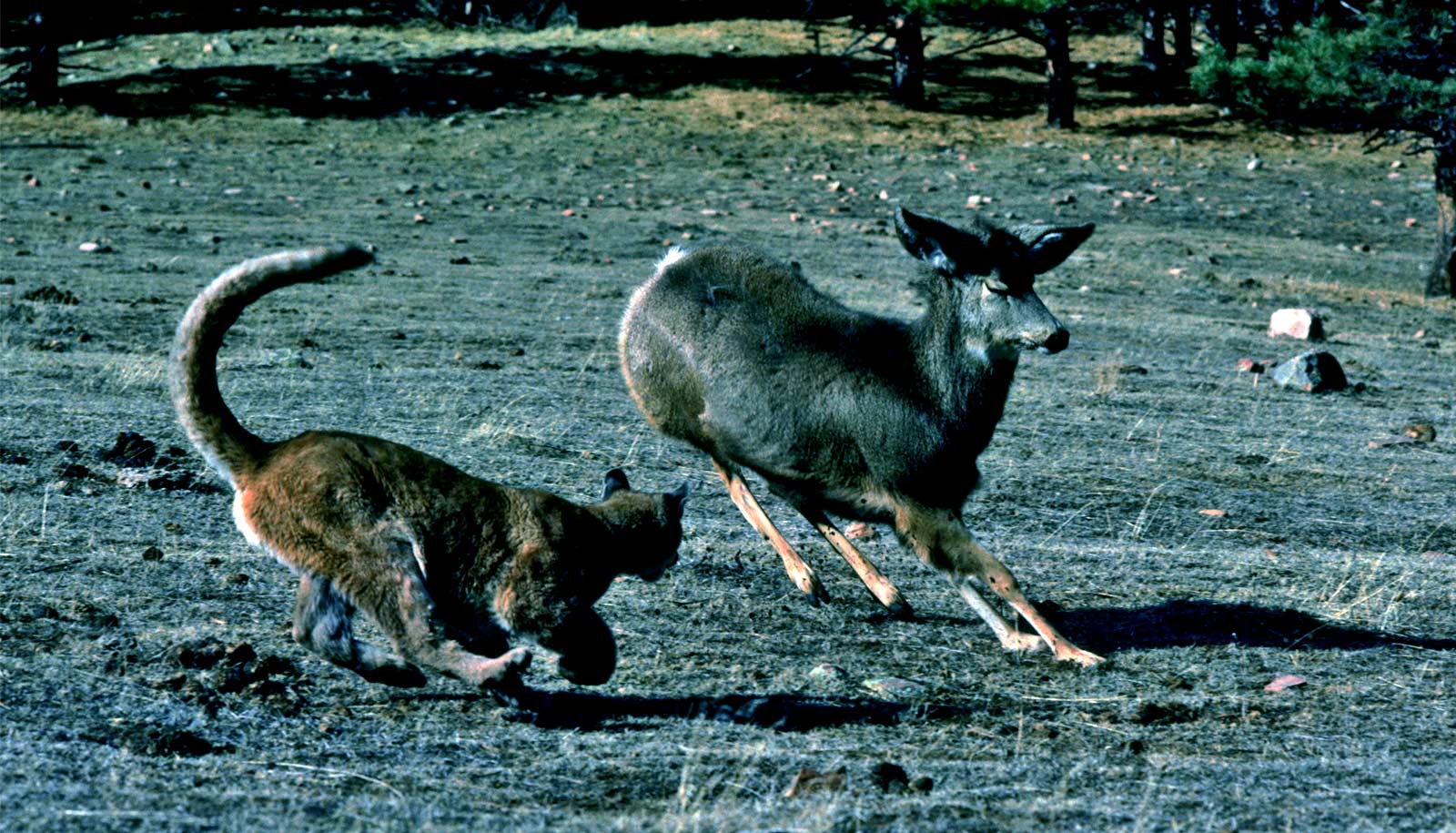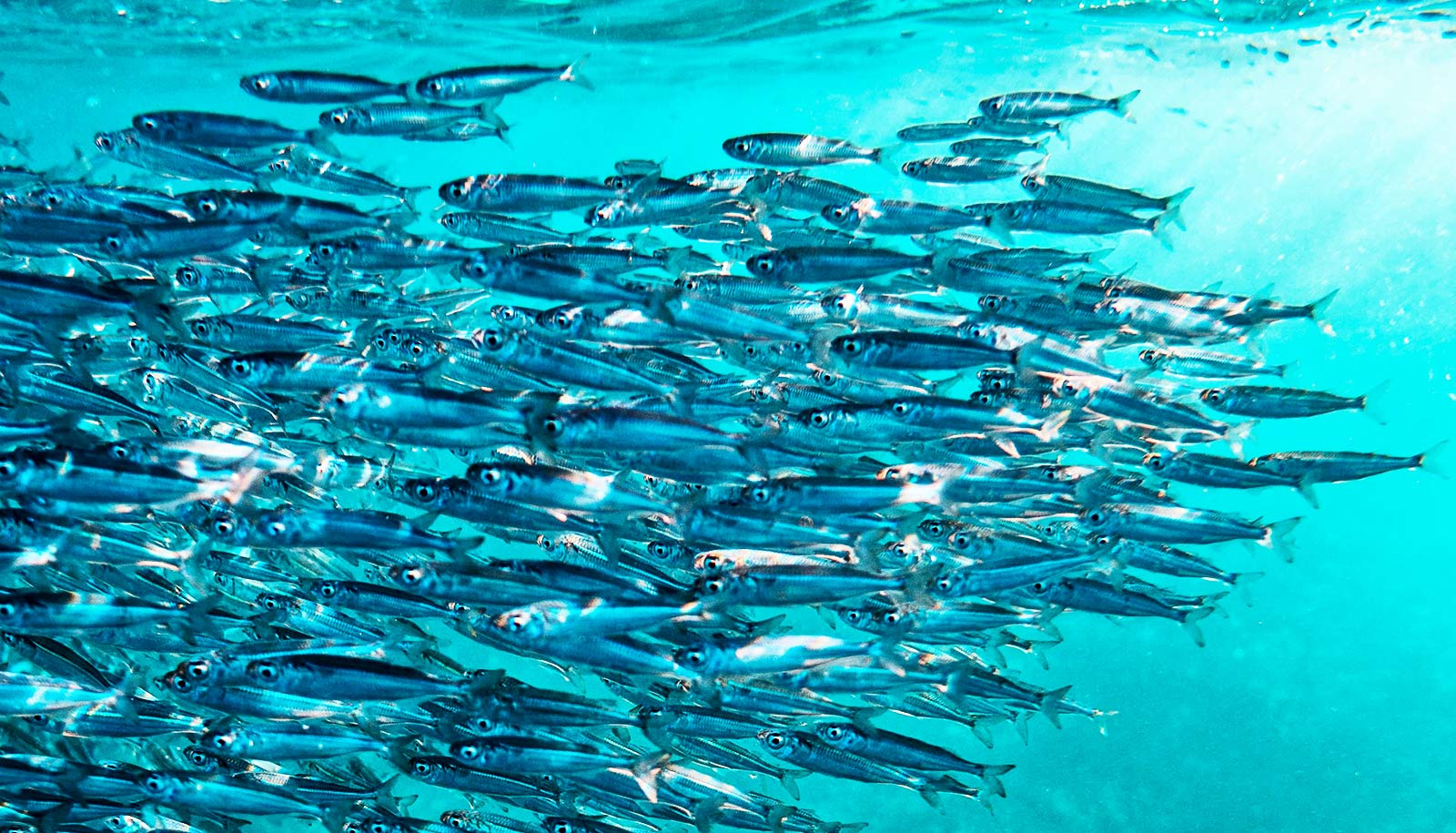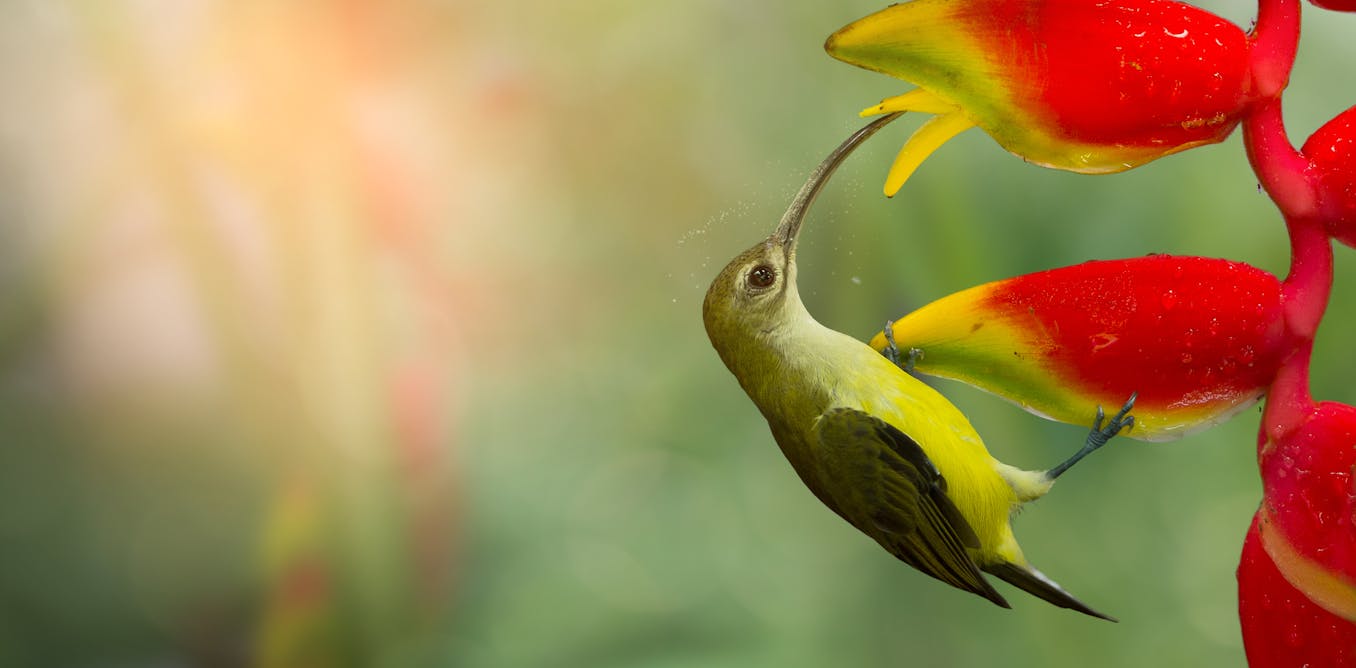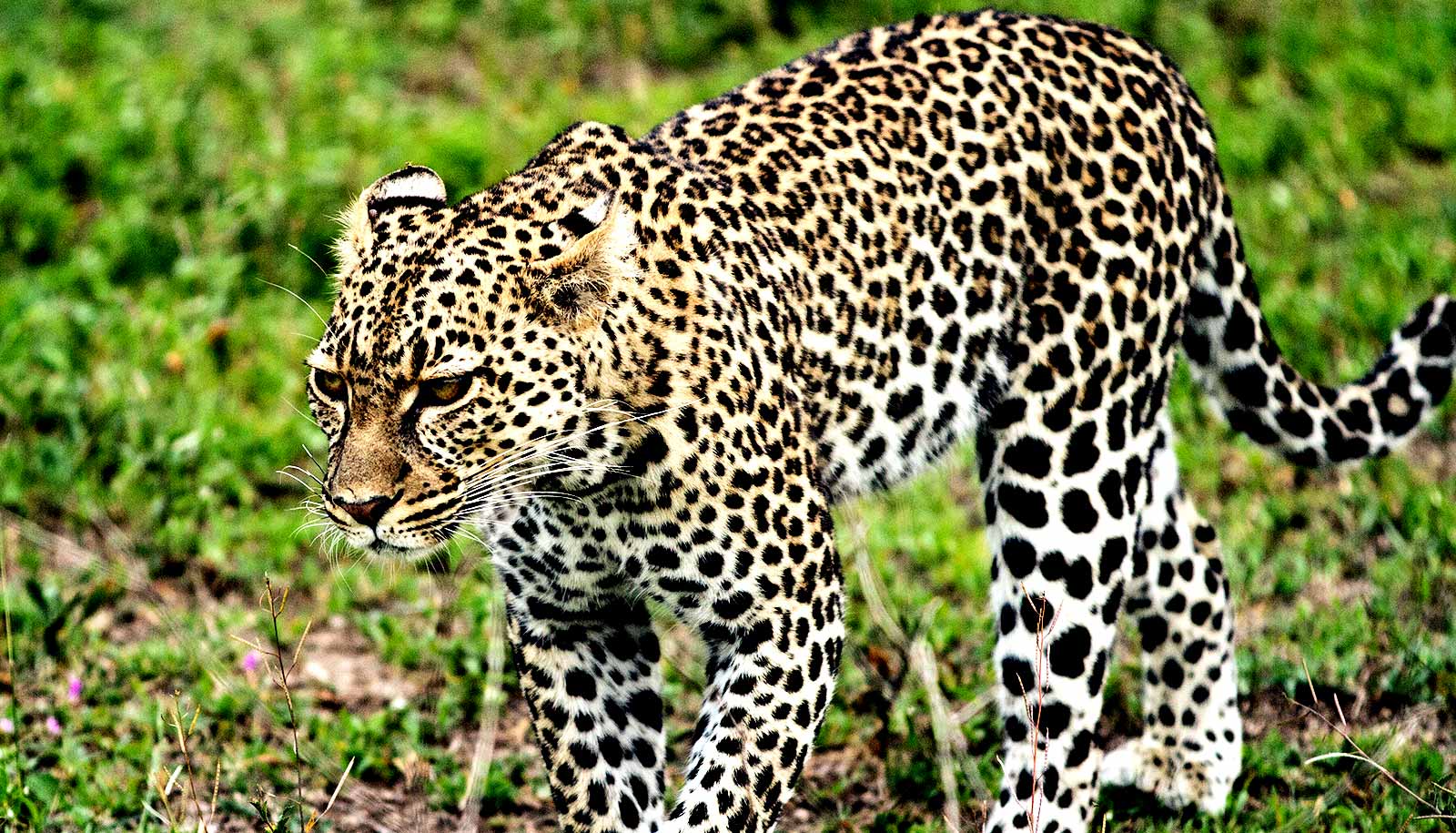Will Colorado bring back wolves? It's up to voters
For the first time in the US, a ballot measure will ask voters whether to restore wolves to a place where they've been eradicated. Coloradans have strong views on both sides.
Kevin Crooks, Professor of Fish, Wildlife and Conservation Biology , Colorado State University •
conversation
Oct. 16, 2020 • ~11 min
Oct. 16, 2020 • ~11 min
/
12

